|
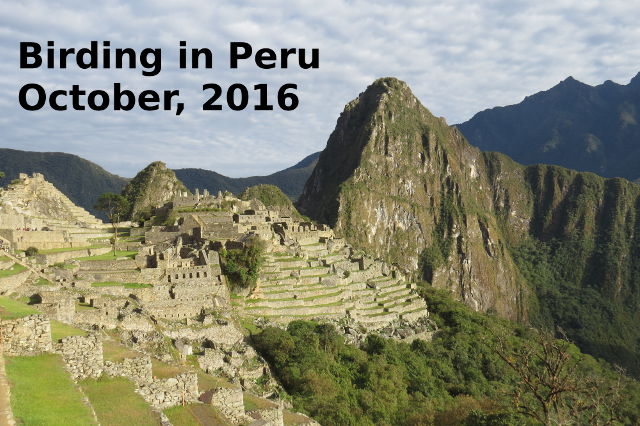
For this trip, we started in Lima, flew to Cusco, took the
train to Aguas Calientes, travelled by van along the Manu
Road (through Manu National Park, a world heritage site),
went by boat along the Alto Madre de Dios River and,
finally, took a taxi to Puerto Maldonado
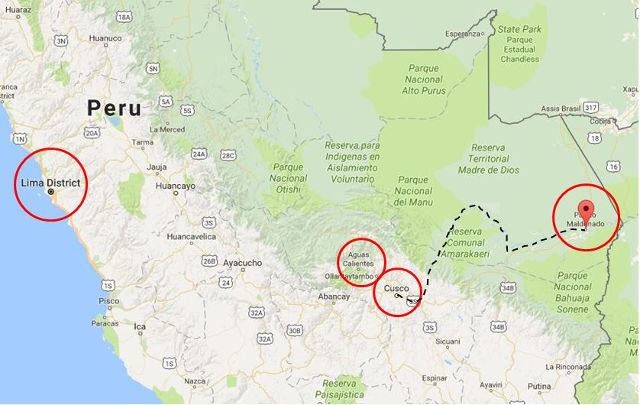
Our trip started with a tour of Lima, and the Plaza Mayor.
The main square is the the oldest public place in the city...
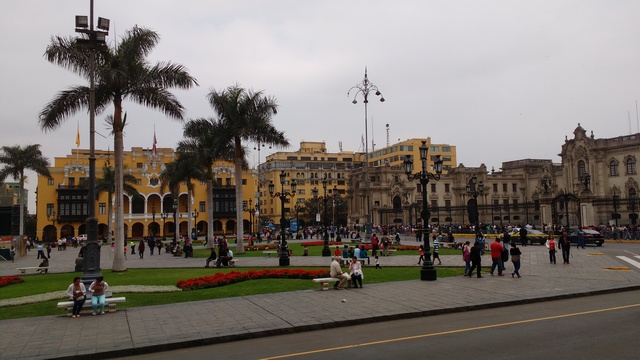
...while the Cathedral de Lima has been rebuilt several
times as a result of damage from earthquakes
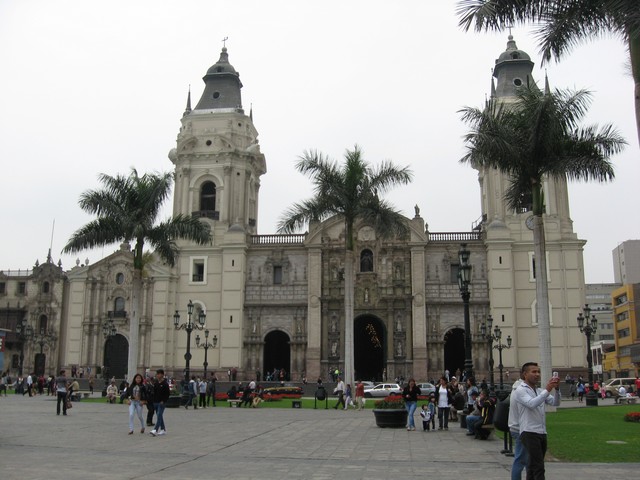
One of the historical sites that we visited was Huaca
Pucllana, a huge pyramidal structure, located close
to the centre of Lima
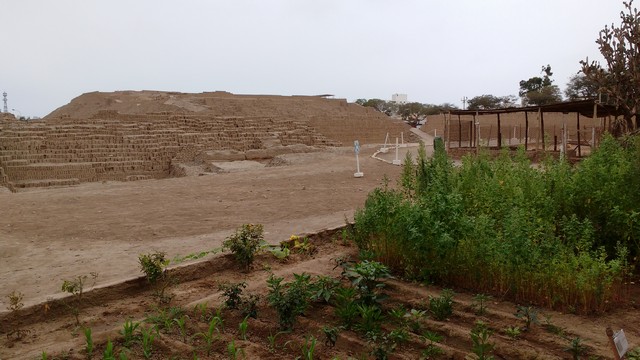
The complex is pre-Incan and made up of hundreds
of thousands of adobe bricks
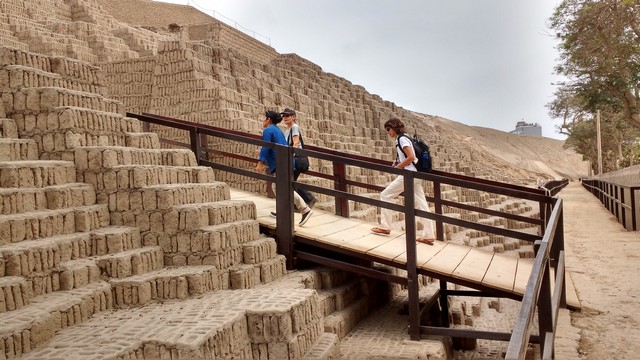
It is believed to have been used as an administrative
centre, for ceremonial functions and burials
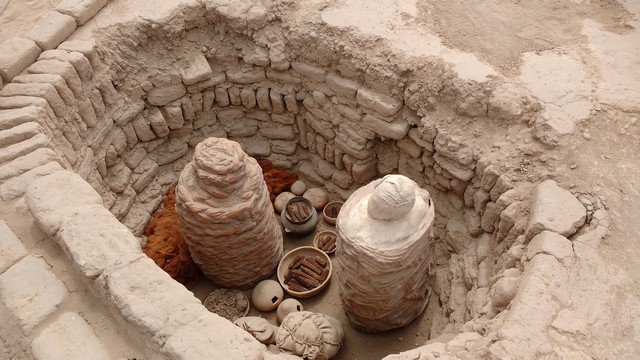
A side trip to the nearby fishing port of Pucusana found...
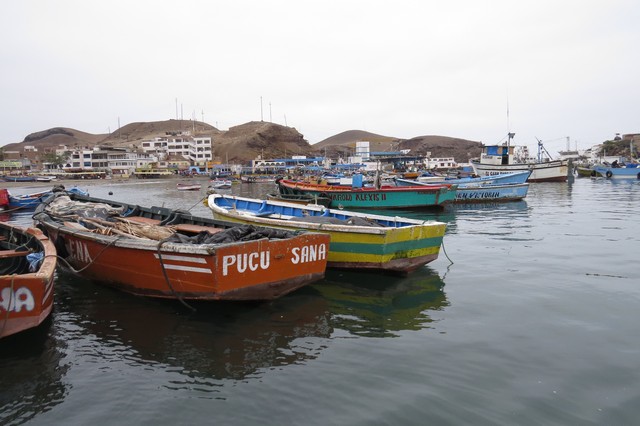
...that the local fishermen were joined in handling their
catch by other locals!
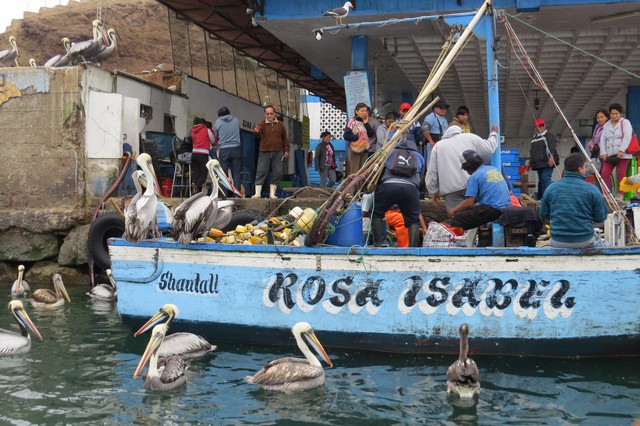
Peruvian Pelican
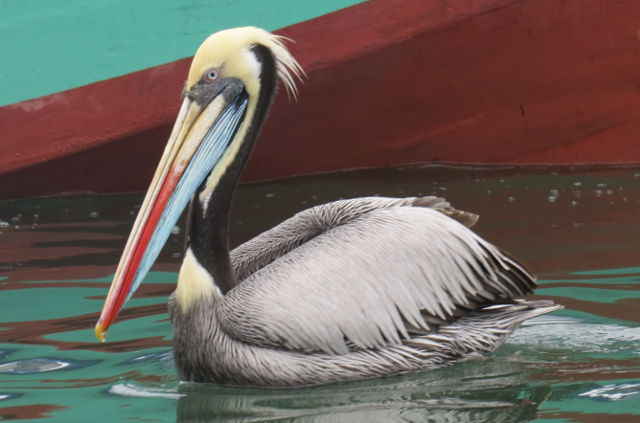
Other sightings included Blue-footed Booby...
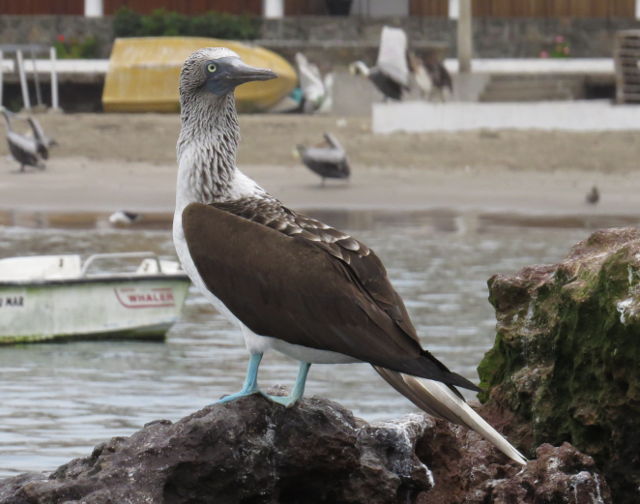
...Guanay Cormorants...
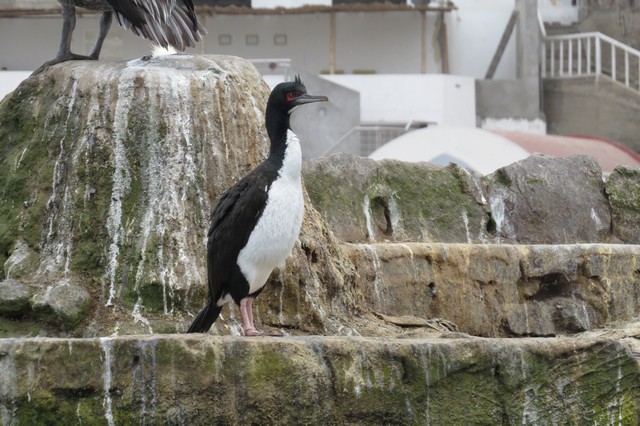
...and at least one species of Canadian birder!
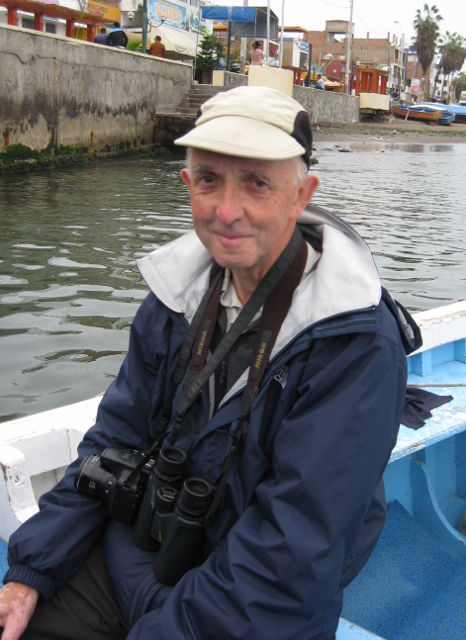
Evidently, Peruvians love a parade
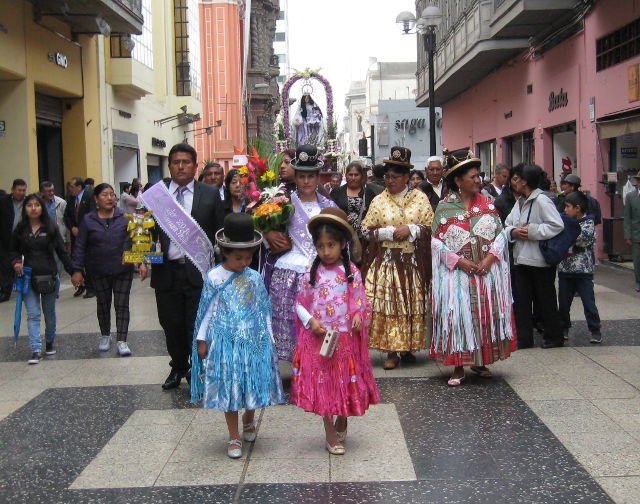
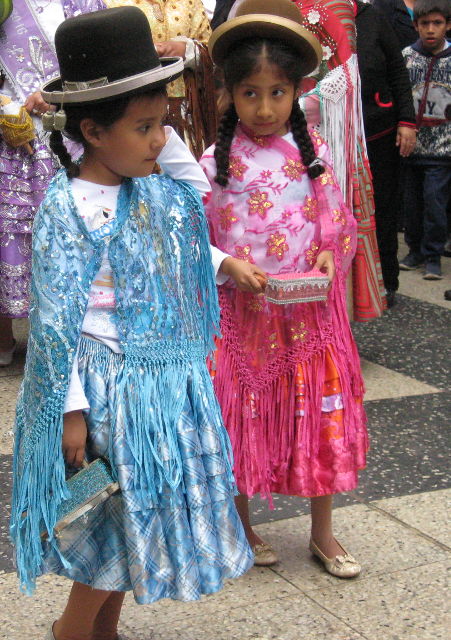
They use elaborate costumes...
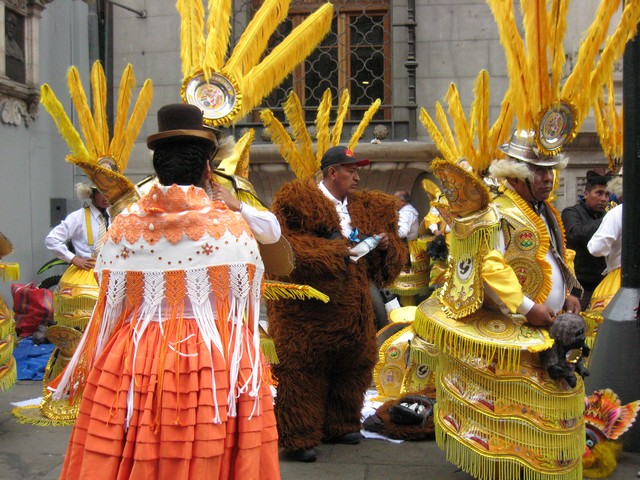
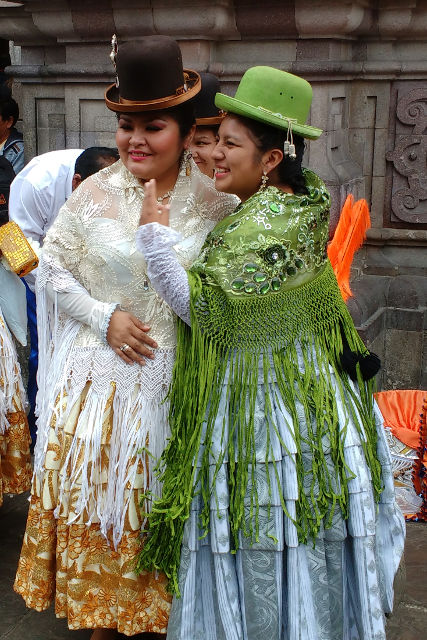
...and, they always have a band...
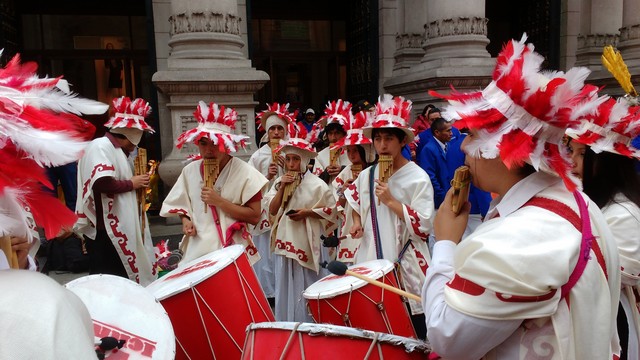
...or two!
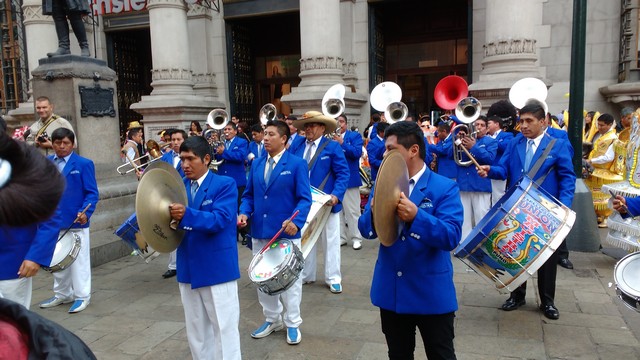
Our next excursion was to Cuzco, Aguas Calientes and,
of course, Machu Picchu!
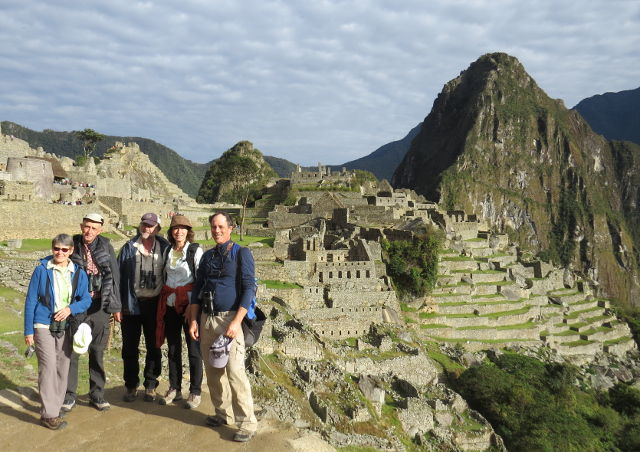
The complex is quite extensive
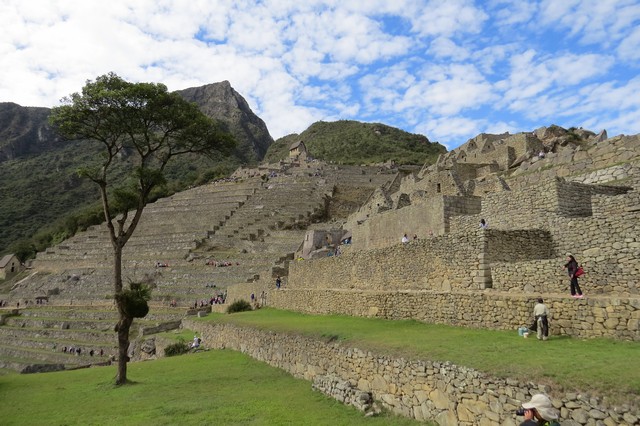
There are many individual rooms and walkways
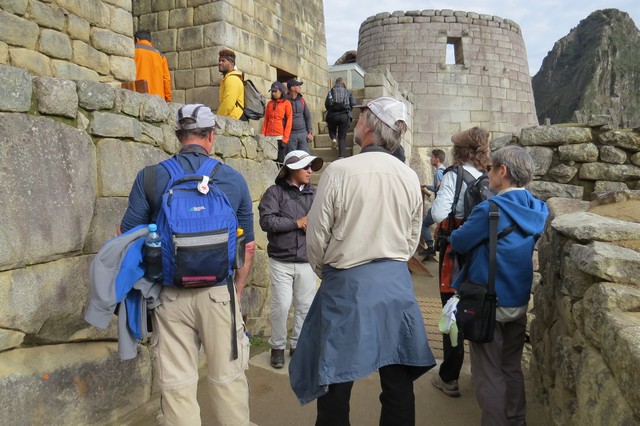
Even though many of the stone blocks are massive,
some are carefully shaped to fit the contours of
the natural rock
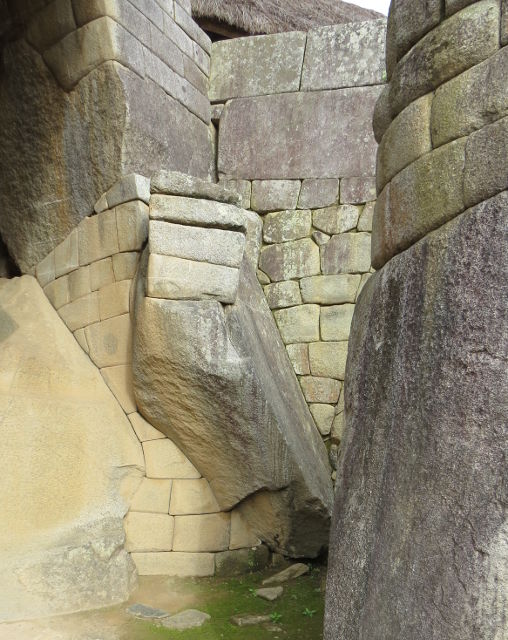
Back to the task in hand and the search for some
colourful species
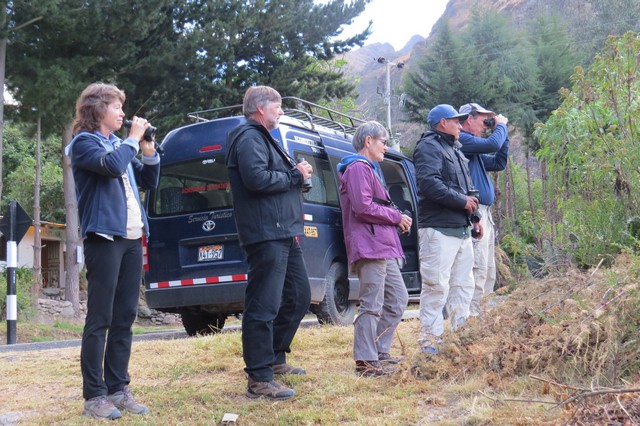
Slate-throated Redstart
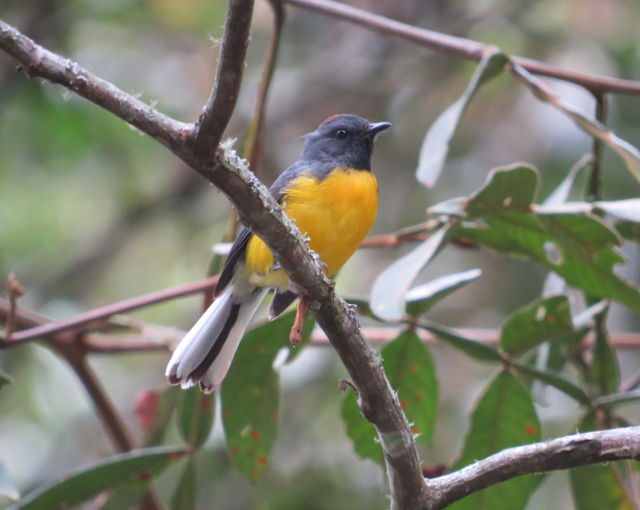
Blue-necked Tanager
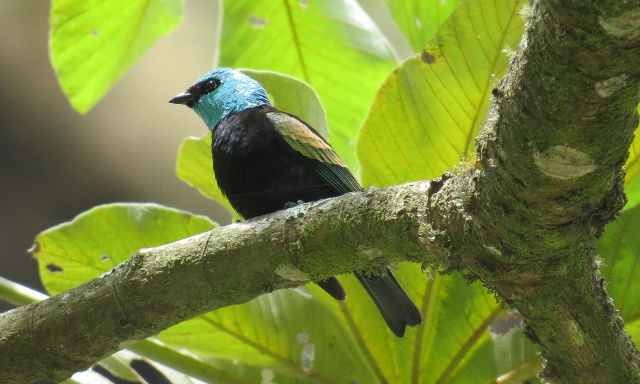
Plushcap
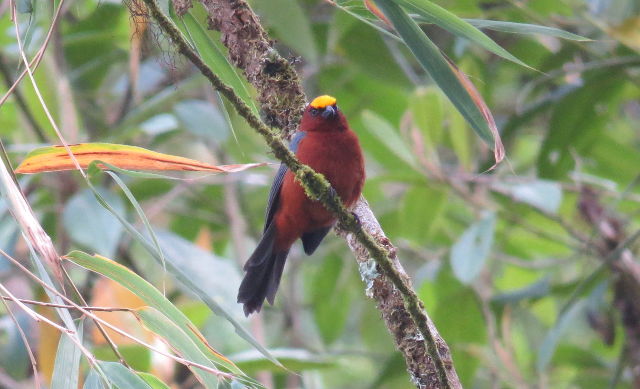
Our journey down the Manu Road took us from the high
mountain passes in the Andes...
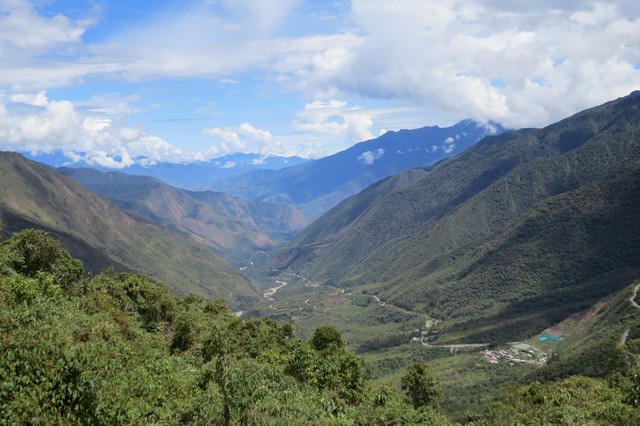
...down through the Sacred Valley (with steep drop offs
along the side of the very narrow road!)...
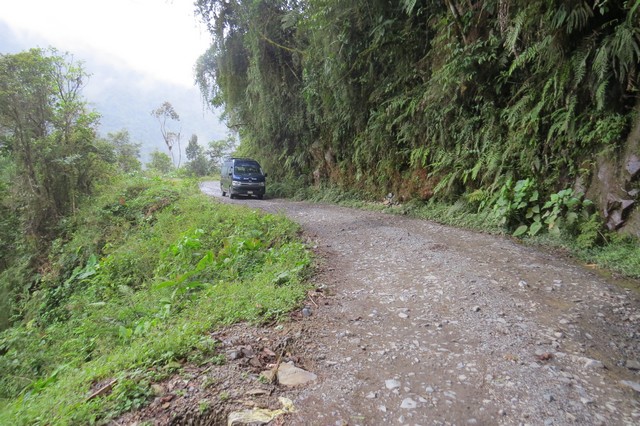
...with frequent birding stops...
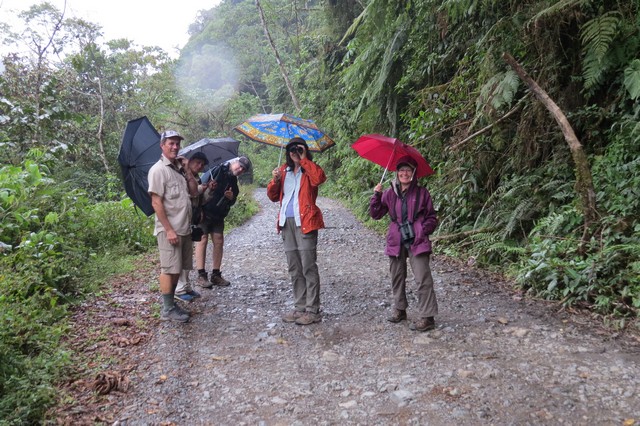
and, finally travelling by boat along the Alto Madre
de Dios River into the Amazon basin
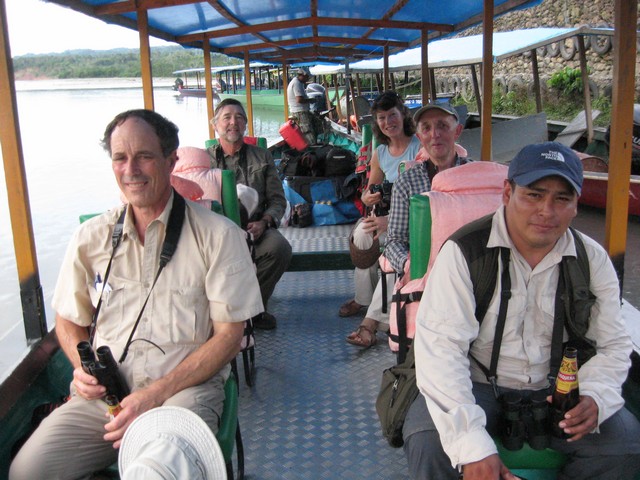
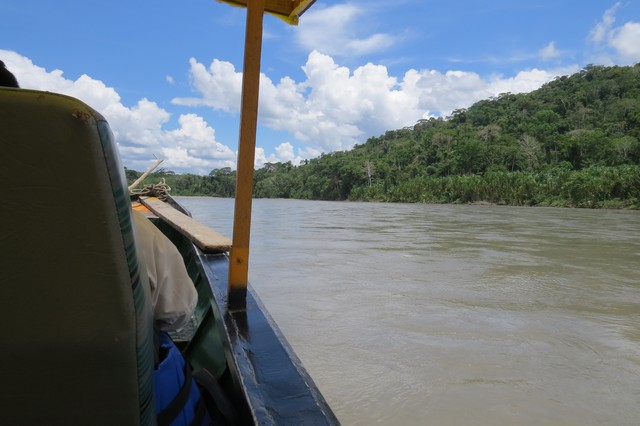
Not all of our sightings were of birds. There were,
for example, monkeys, including...
Purus red howler
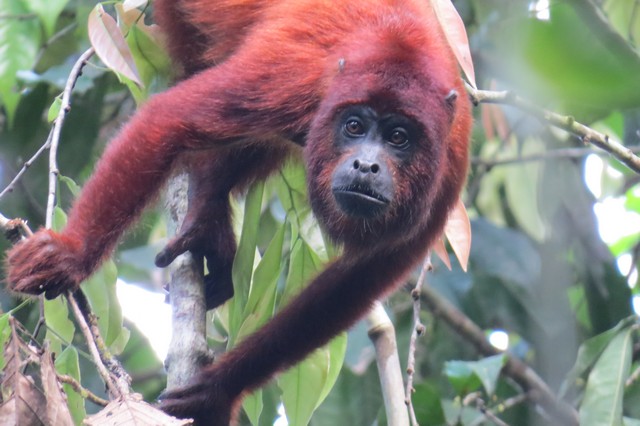
Brown-mantled Tamarin
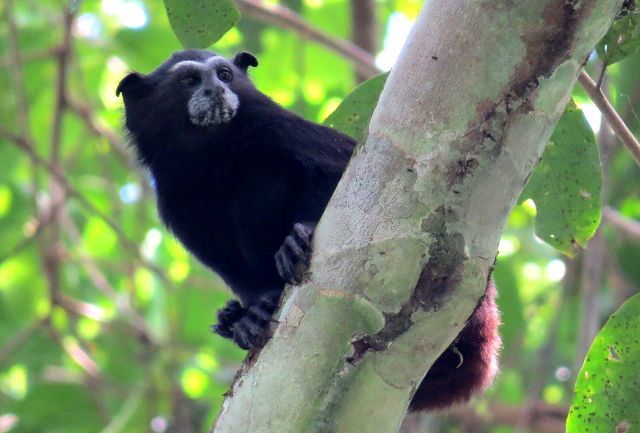
There were also lizards - this is a
Spiny Whorltail Iguana
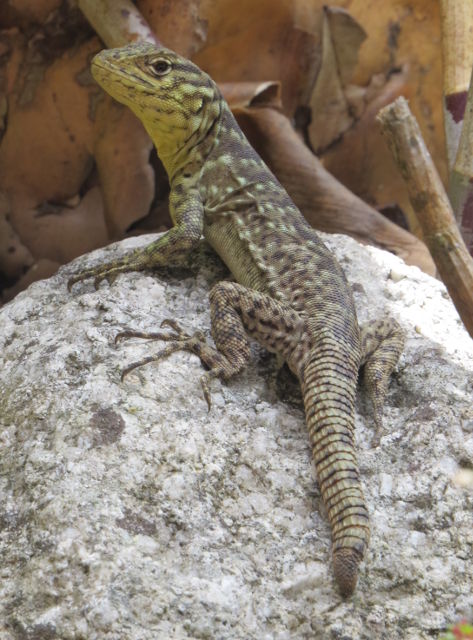
Here is a (small) Tree Boa constrictor
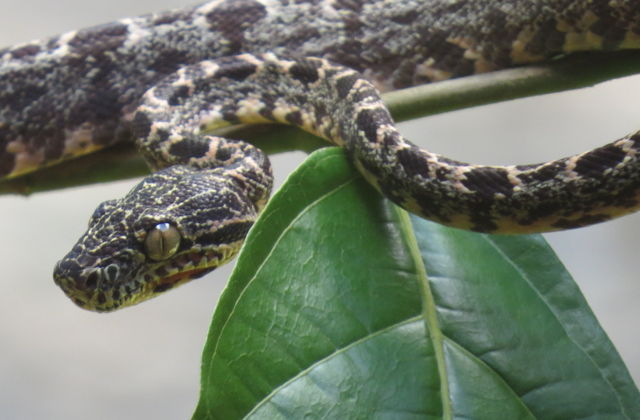
And, one night, a Tapir visited our lodge
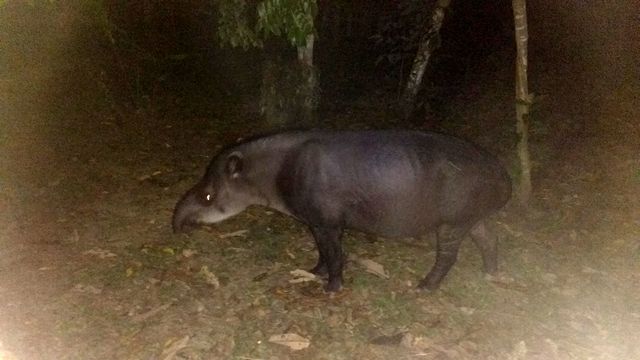
There were also some examples of Homo Sapiens in our
"Faces of Peru" series
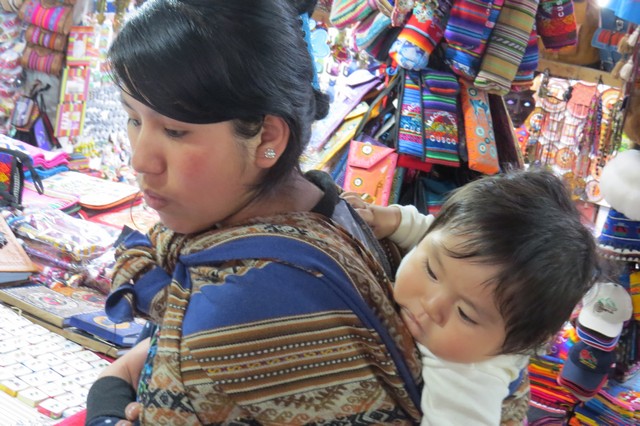
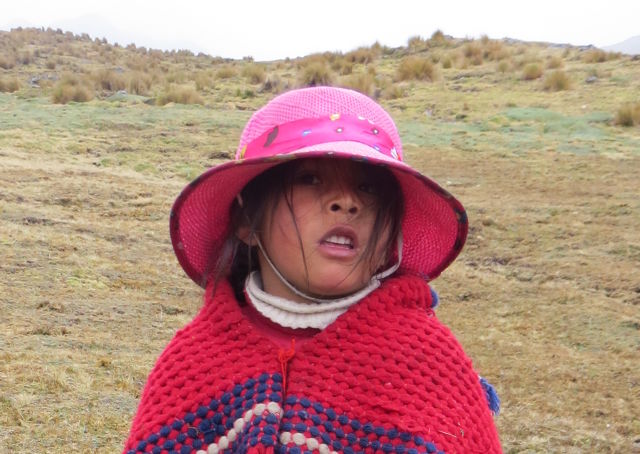
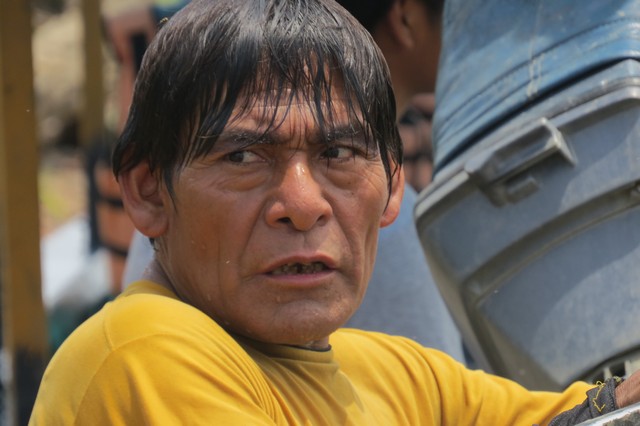
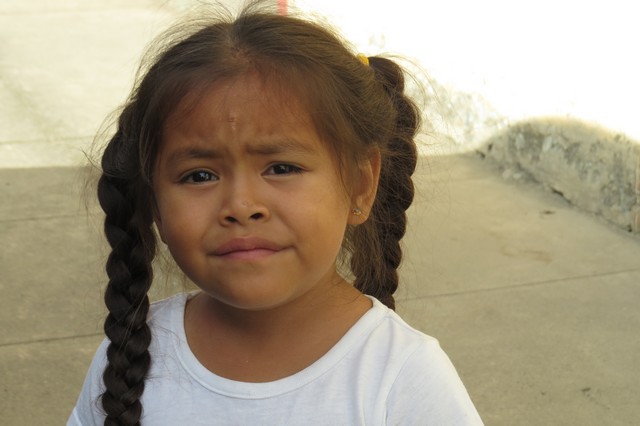
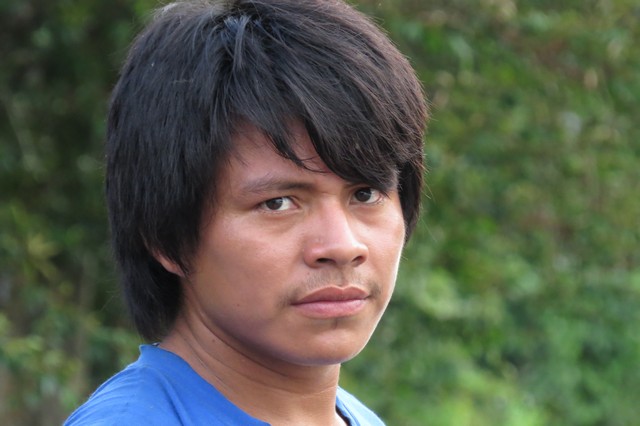
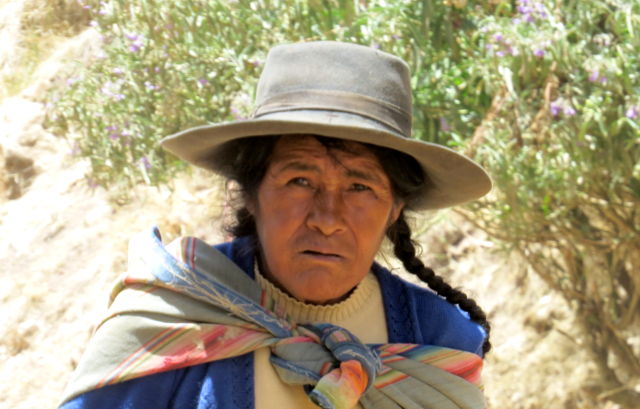
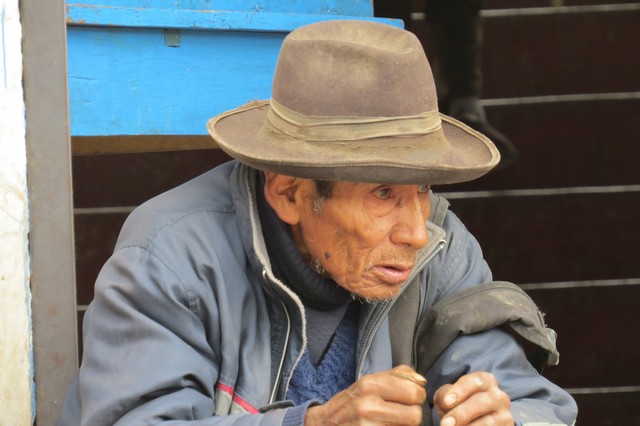
Our accommodation ranged from the somewhat luxurious...
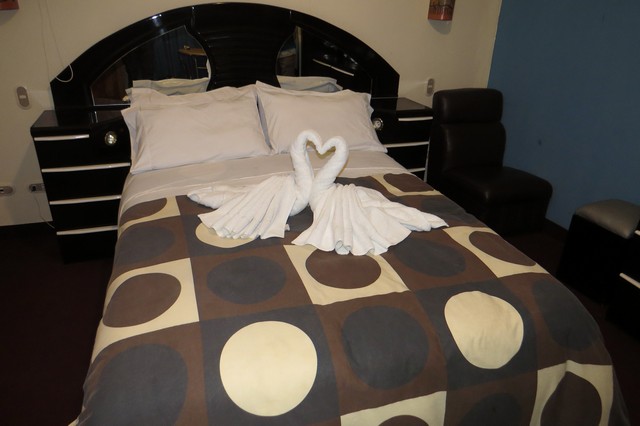
...to rather more basic
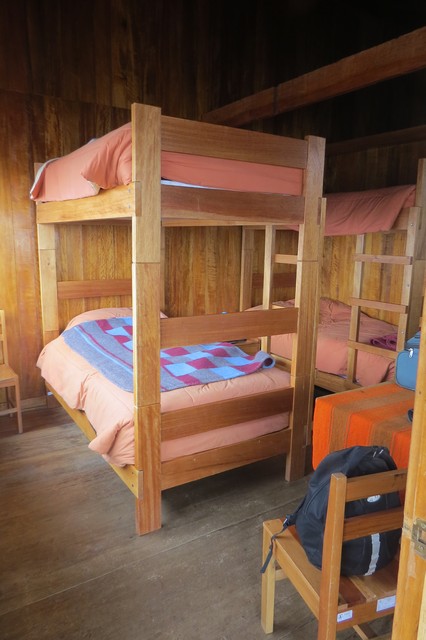
However, the porters at the lodges were well always equipped...
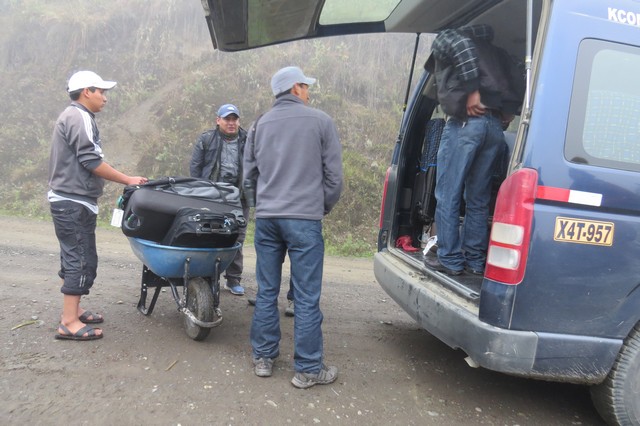
...and the chefs determined to serve quinoa in spectacular form!
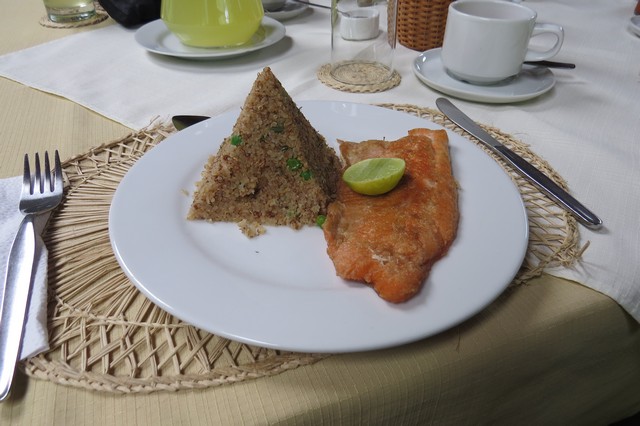
Meanwhile, the search for birds continues, yielding...
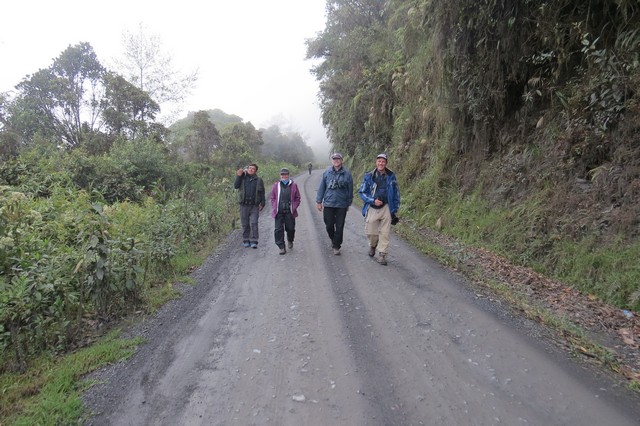
Andean Guan
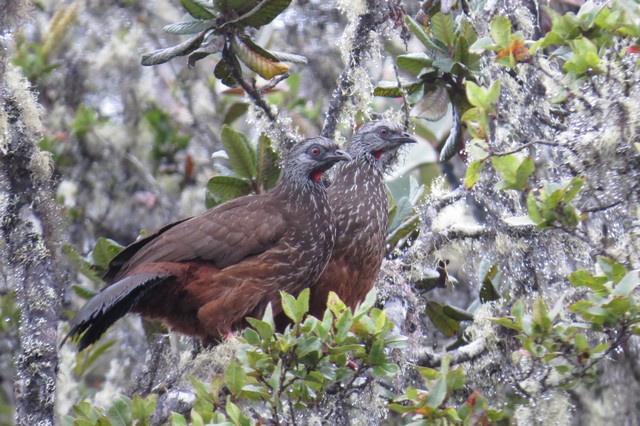
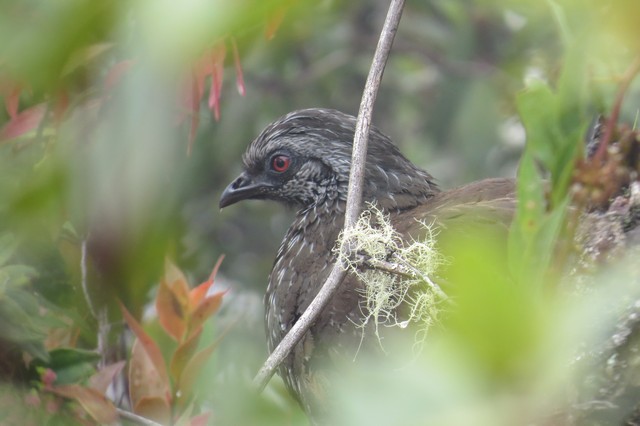
Grey-breasted Mountain Toucan
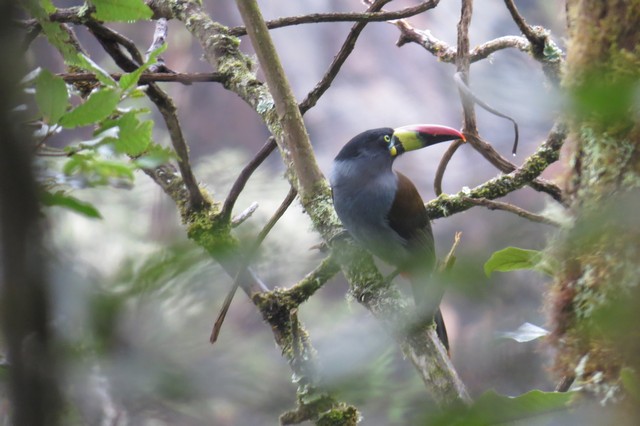
Andean Cock-of-the-Rock
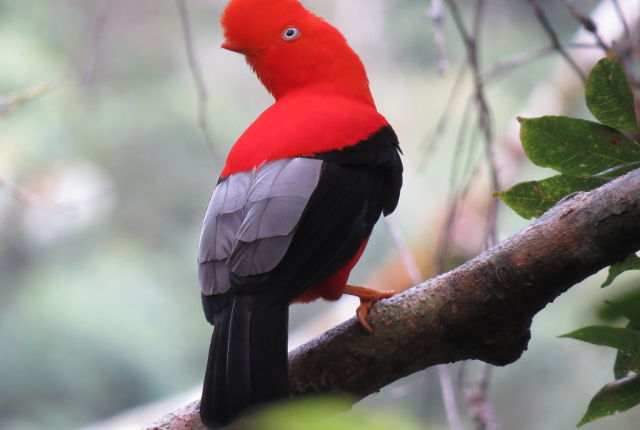
In addition to colourful birds, there were also some
colourful plants
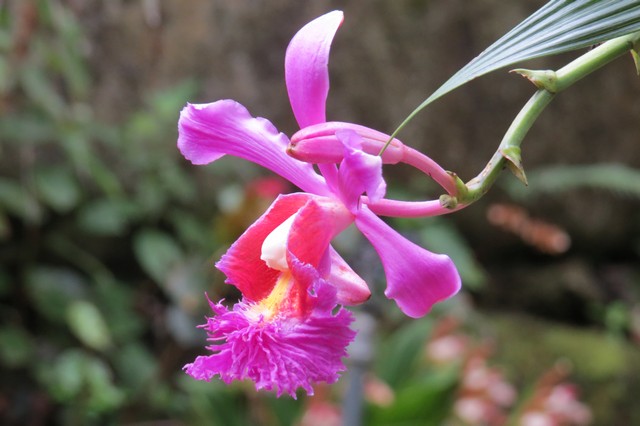
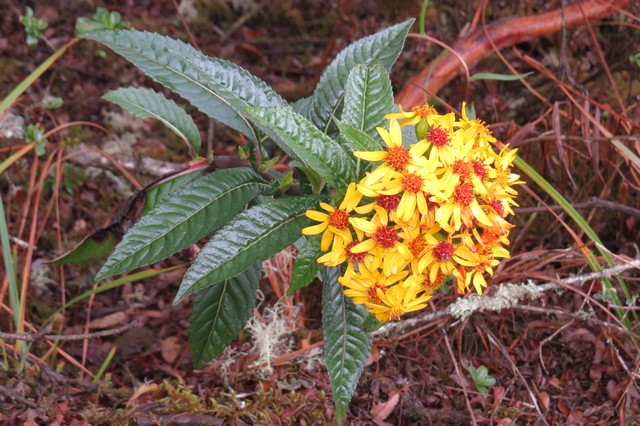
Some plants didn't get the chance to be colourful..
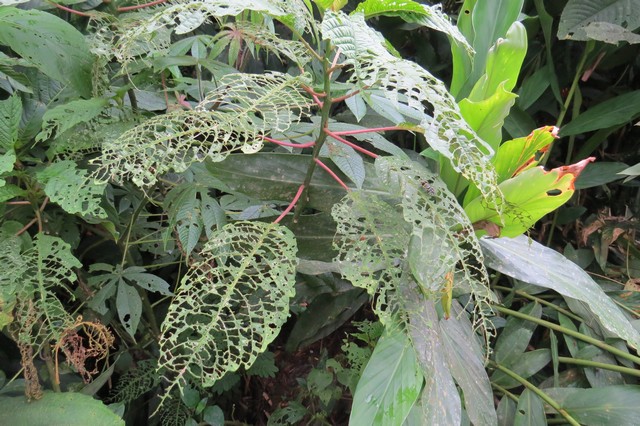
...but the cause certainly was!
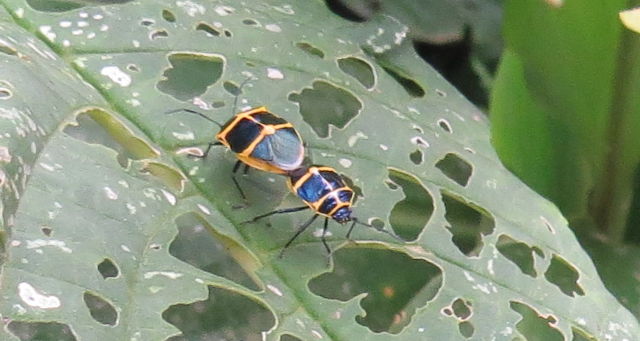
Amongst 600+ species over three weeks, one might expect
some of the bird sightings to have a bit of an odd look or
wild plumage! For example there's the...
Hoatzin
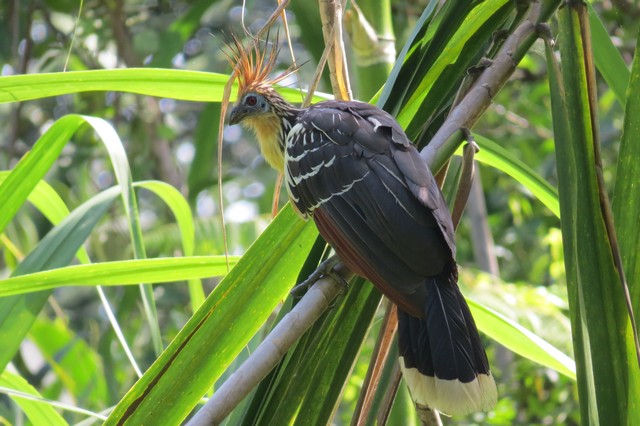
Inca Tern
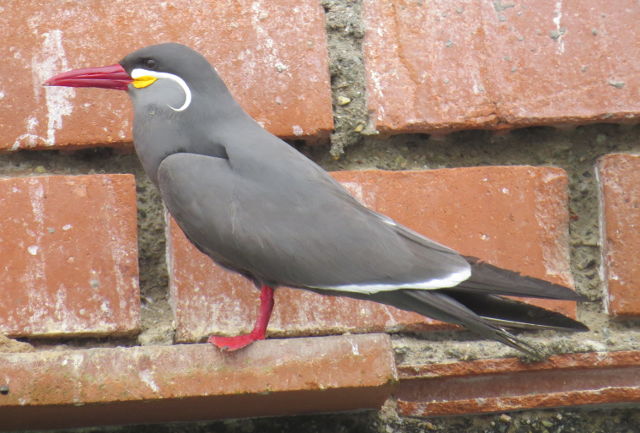
Horned Screamer - note the fine "horn"
(You missed the screaming - lucky you!)
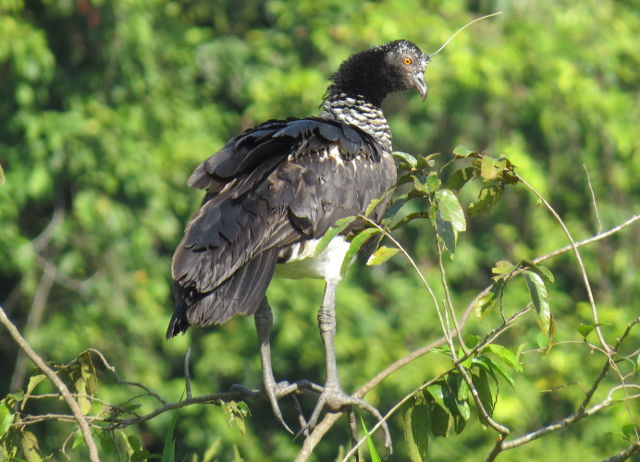
Yellow-tufted Woodpecker
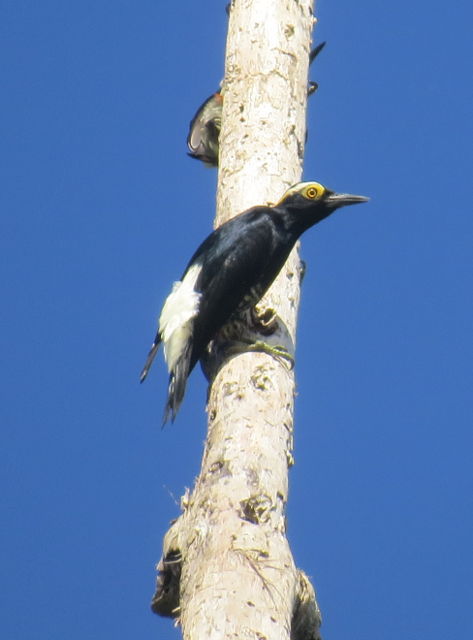
Some of the birders looked a bit odd too!
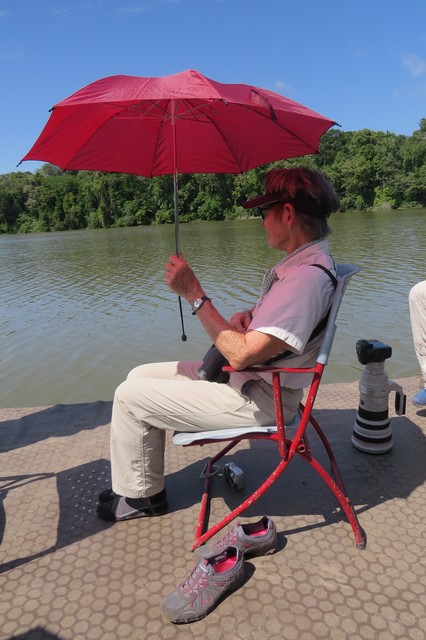
In addition to birds, there were also some colourful butterflies
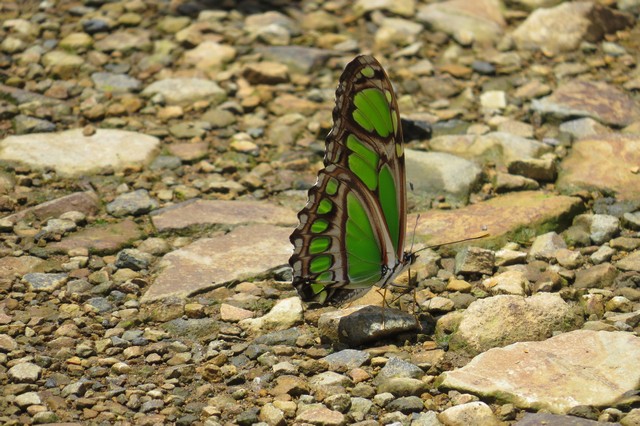
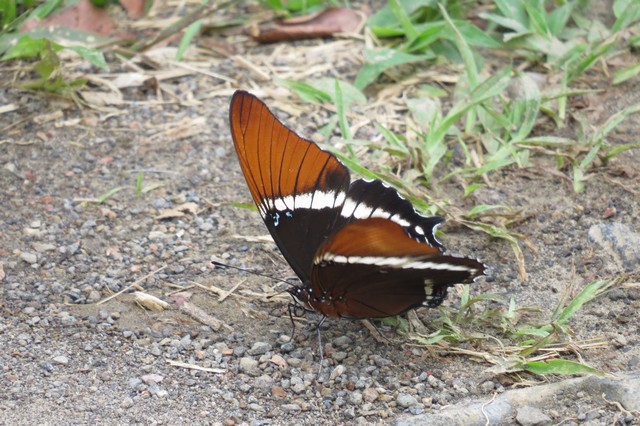
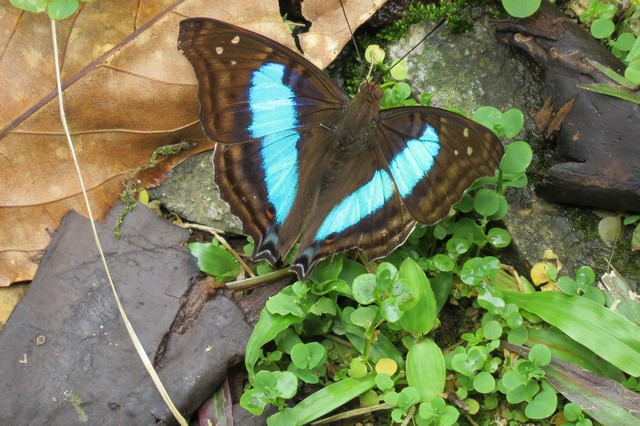
We came across a research group from the University of
British Columbia who were banding in the jungle
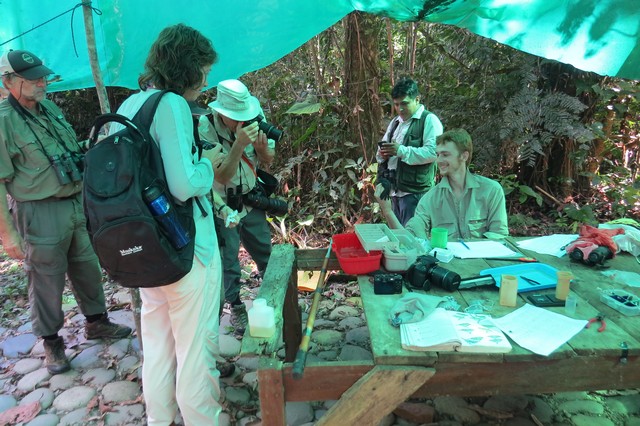
This gave us great looks at some birds "in the hand",
including a Band-tailed Manakin...
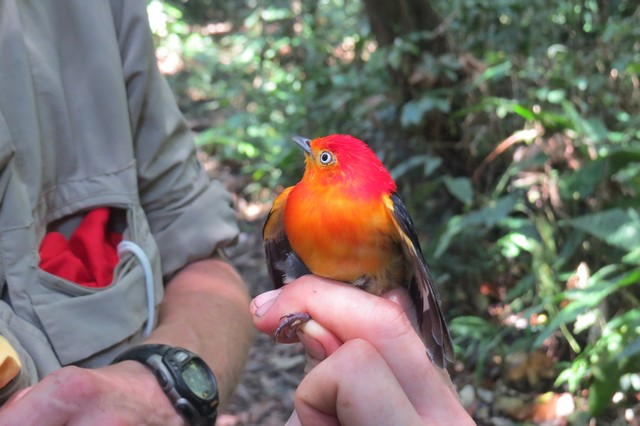
...and a Rufous-headed Woodpecker
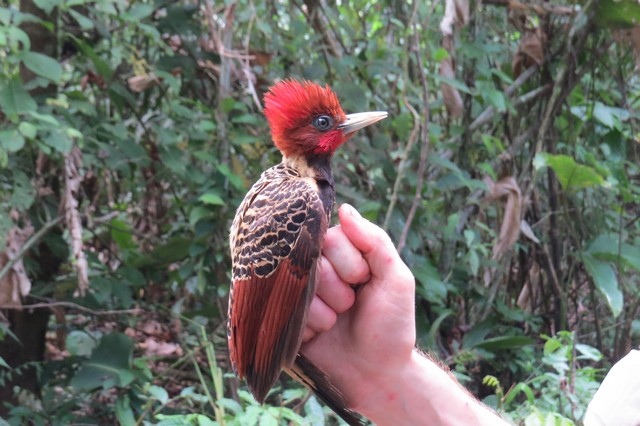
Carol was conscripted to help release one of the study subjects
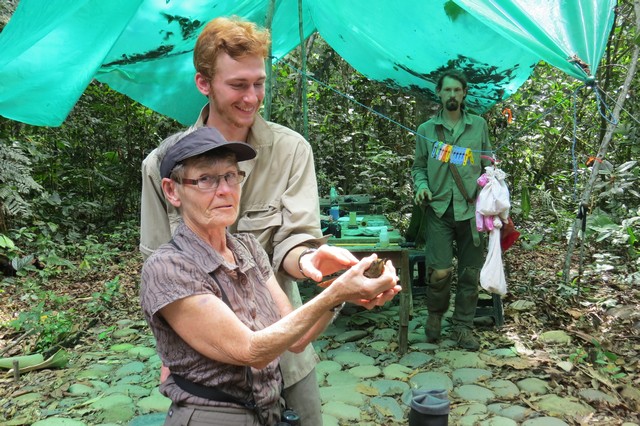
All gone!
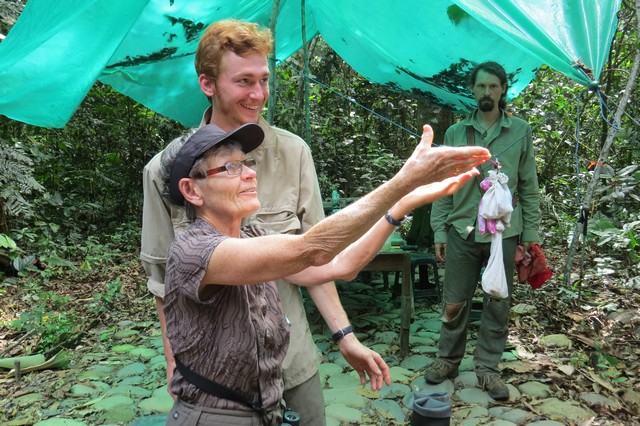
A successful release calls for a treat - Granadilla!
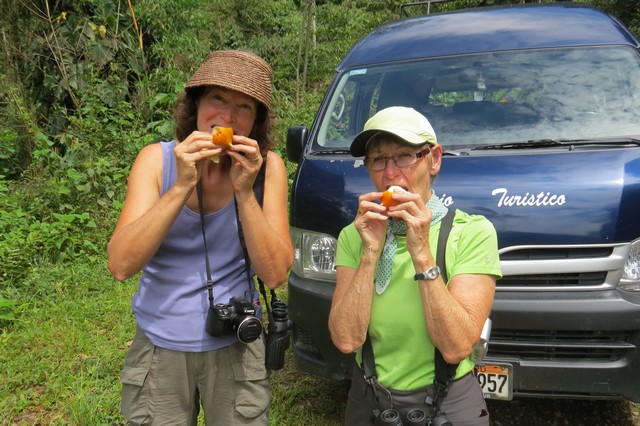
We saw 47 species of hummingbirds (!)
including Sparkling Violetear...
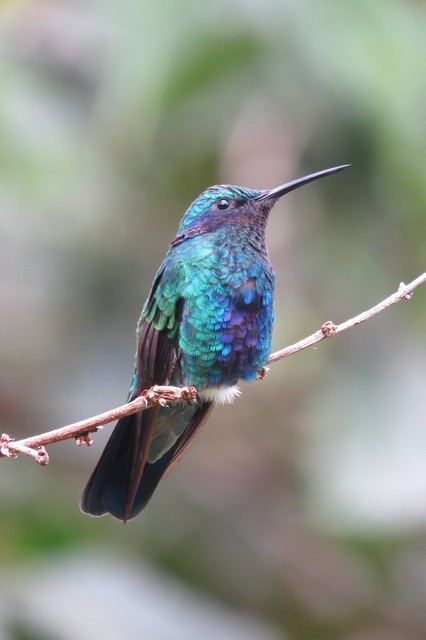
...and Many-spotted Hummingbird
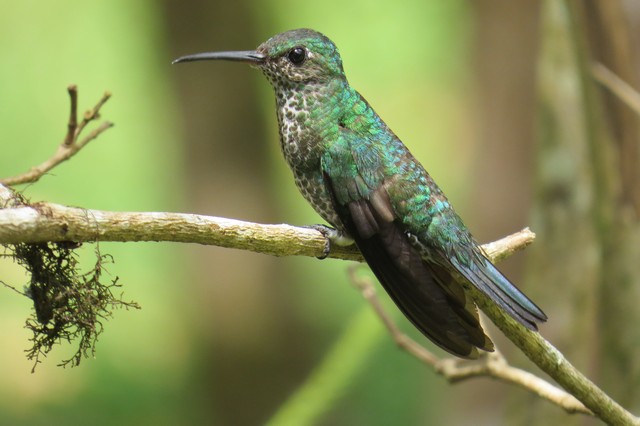
While hummingbirds frequent feeders at the lodges,
some canopy species may be best seen by climbing
a tower to a platform mounted on a Kapok tree
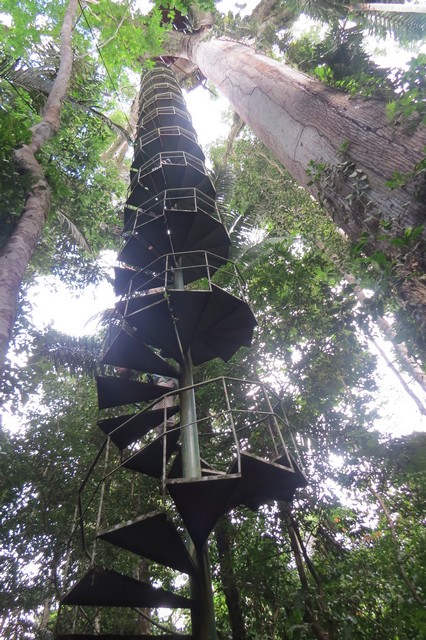
We're not sure if the initial round of enthusiasm lasts all
the way up - about 60 m - to the top!
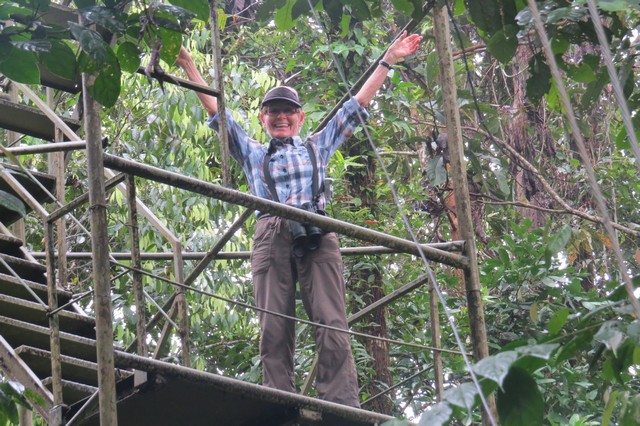
View from the top
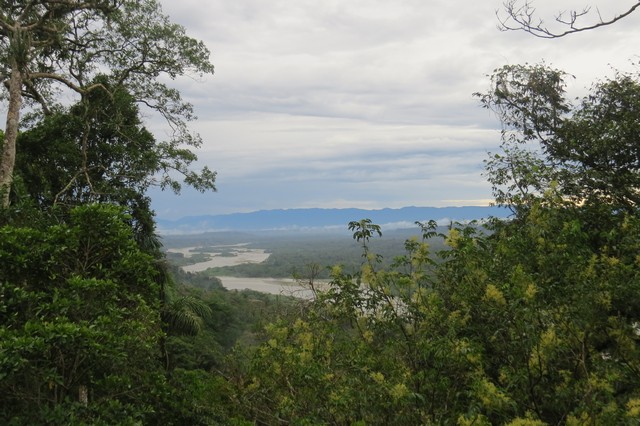
Now, where are those birds?
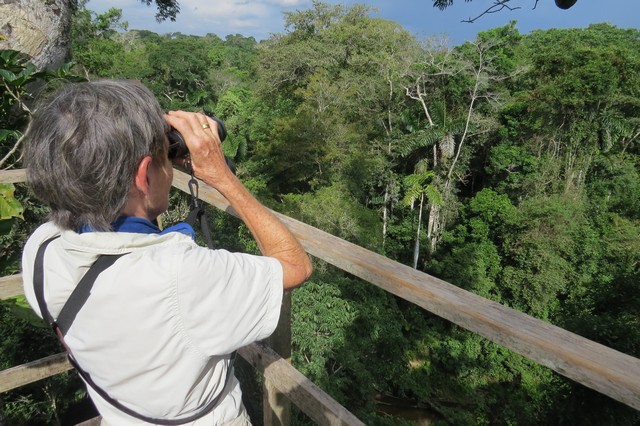
Here's a Golden-headed Quetzal
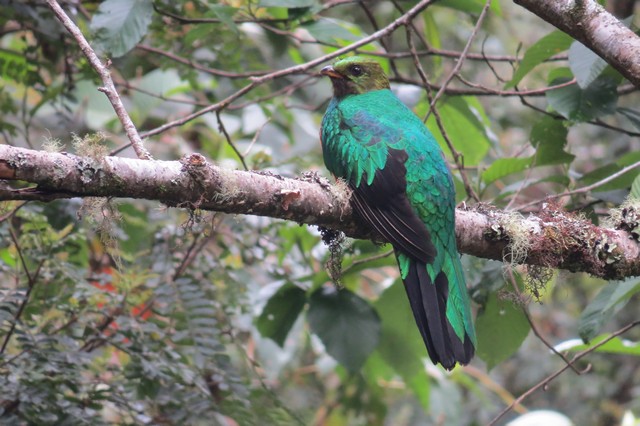
A more down to earth view of birds can be obtained by
visiting a clay lick where, each morning, a variety
of parrots and macaws arrive to eat the clay on the
exposed bank in order to supplement their diet with
minerals
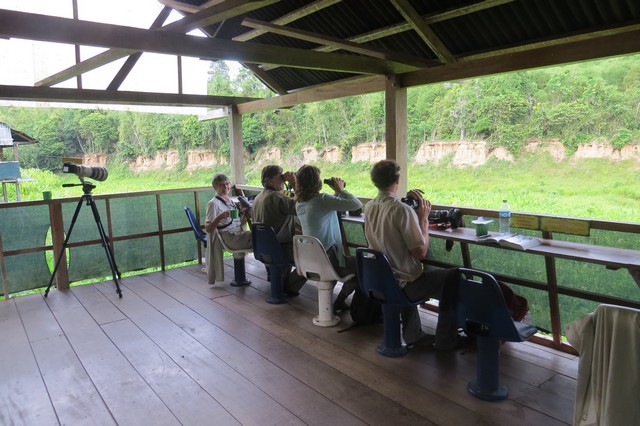
First to arrive were the parrots. Here
we see Blue-headed Parrots (at the top)
and Orange-cheeked Parrots (below)
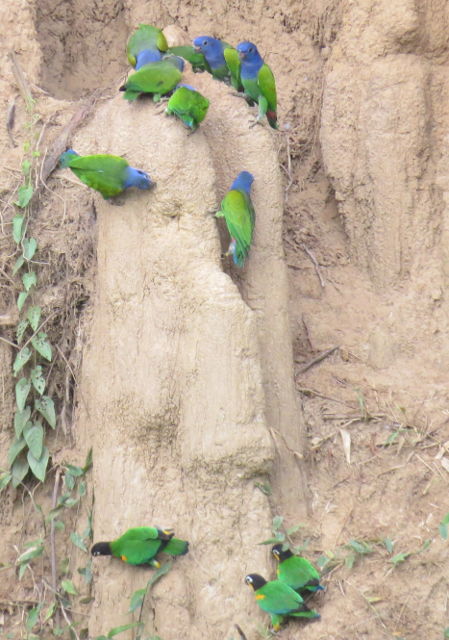
Then, the Red and Green Macaws arrive
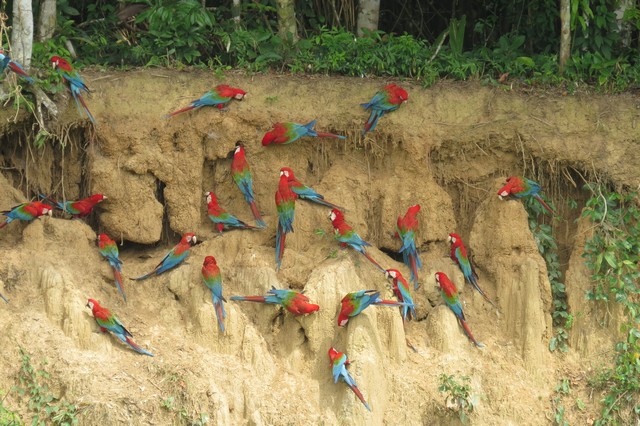
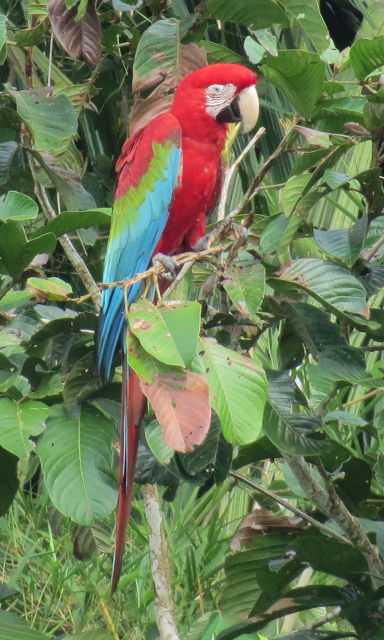
Finally, here's Omar Diaz, our Peruvian birding guide
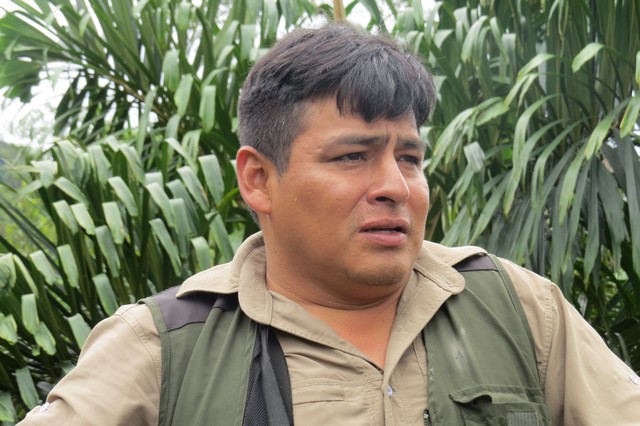
And, here are two happy Canadian birders!
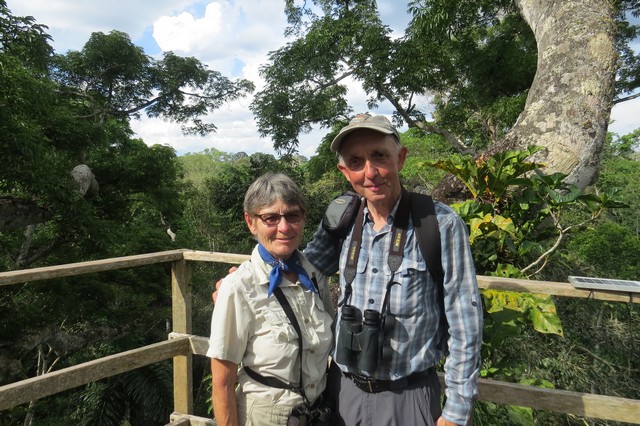
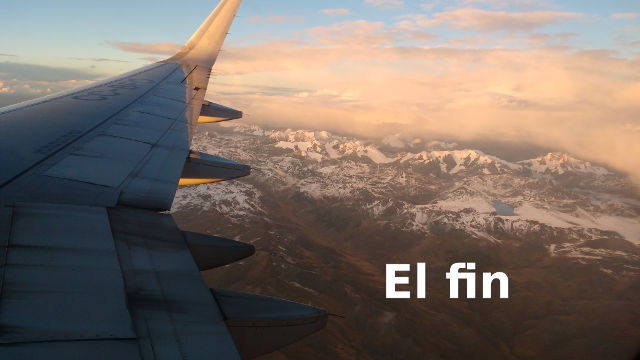
|